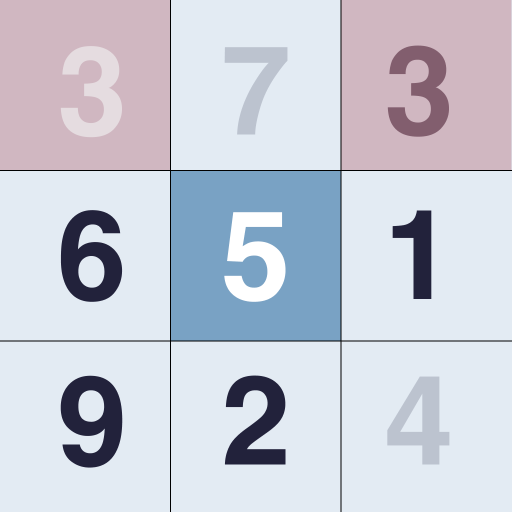
What is Dancing Links sudoku puzzle?
The "Dancing Links" puzzle is a variant of Sudoku that was created by computer scientist Donald Knuth. It is known for its unique structure, which requires the use of a special solving technique known as "dancing links."
In a Dancing Links puzzle, the grid is structured differently than in a traditional Sudoku puzzle. Instead of a 9x9 grid with 3x3 squares, a Dancing Links puzzle consists of a network of interconnected nodes, with each node representing a cell in the grid. The nodes are arranged in such a way that each row, column, and 3x3 square of the grid is represented by a continuous loop of nodes.
To solve a Dancing Links puzzle, you must fill in the grid with the numbers 1 through 9, following the same rules as in a traditional Sudoku puzzle. However, because of the unique structure of the grid, you must also use the "dancing links" technique to eliminate options and determine which numbers can be placed in each cell.
The "dancing links" technique involves manipulating the links between the nodes in the grid in order to eliminate possibilities and determine which numbers can be placed in each cell. It is a complex and challenging technique that requires a high level of skill and experience to master.
Overall, the Dancing Links puzzle is known for its unique and challenging structure, which requires the use of advanced solving techniques. It is considered to be a particularly difficult variant of Sudoku.
How to solve Dancing Links Sudoku?
Solving a "Dancing Links" puzzle requires the use of a special solving technique known as "dancing links." This technique involves manipulating the links between the nodes in the grid in order to eliminate possibilities and determine which numbers can be placed in each cell.
Here is a general outline of the steps involved in solving a Dancing Links puzzle:
-
Familiarize yourself with the structure of the grid: In a Dancing Links puzzle, the grid is structured differently than in a traditional Sudoku puzzle. It consists of a network of interconnected nodes, with each node representing a cell in the grid. The nodes are arranged in such a way that each row, column, and 3x3 square of the grid is represented by a continuous loop of nodes.
-
Identify cells with a single possibility: One of the key strategies for solving a Dancing Links puzzle is to identify cells that have only one possible number that can be placed in them. These cells can be filled in immediately, as there is no need to consider other options.
-
Use the "dancing links" technique to eliminate possibilities: As you work through the puzzle, you can use the "dancing links" technique to eliminate possibilities and determine which numbers can be placed in each cell. This involves manipulating the links between the nodes in the grid in order to eliminate options and narrow down the possibilities for each cell.
-
Work through the puzzle systematically: It can be helpful to work through the puzzle in a systematic way, such as starting with the cells in the center of the grid and working outward, or starting with the cells that have the fewest possible options.
-
Use pencil marks: When working through a puzzle, it can be helpful to use pencil marks to keep track of the possibilities for each cell. This can help you to eliminate options and make progress more quickly.
By following these steps and practicing regularly, you should be able to improve your skills at solving Dancing Links puzzles. It is worth noting that solving a Dancing Links puzzle requires a high level of skill and experience, and it can be a challenging and time-consuming process.

Previous: How many sudoku combinations are there? | Next: Is sudoku popular among Hollywood celebrities?
